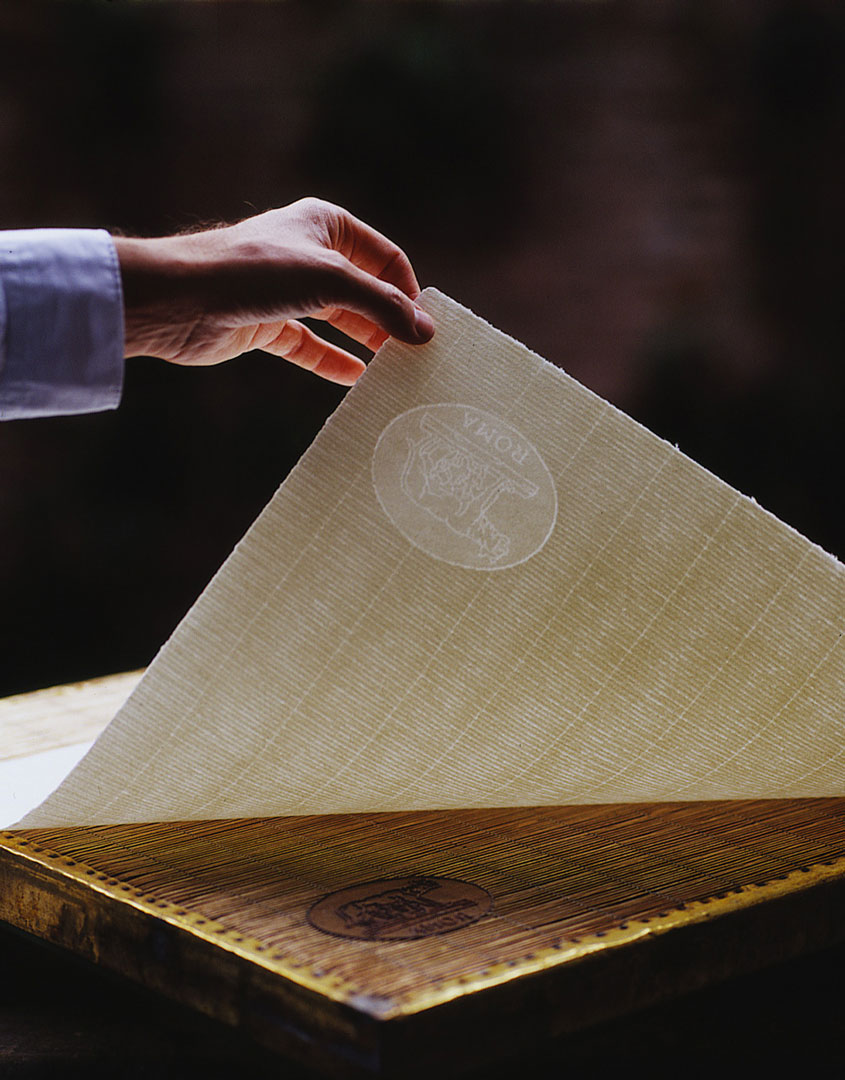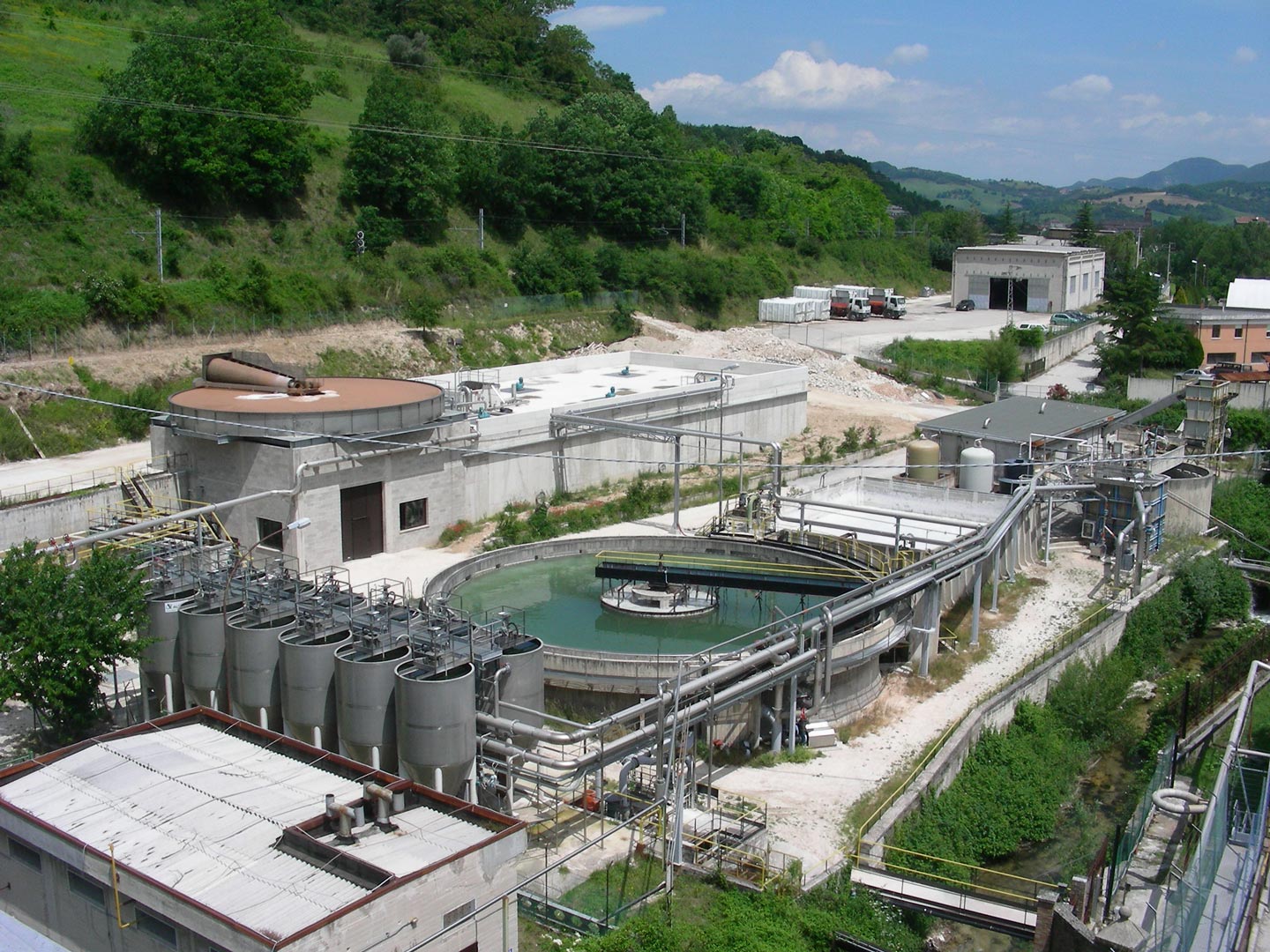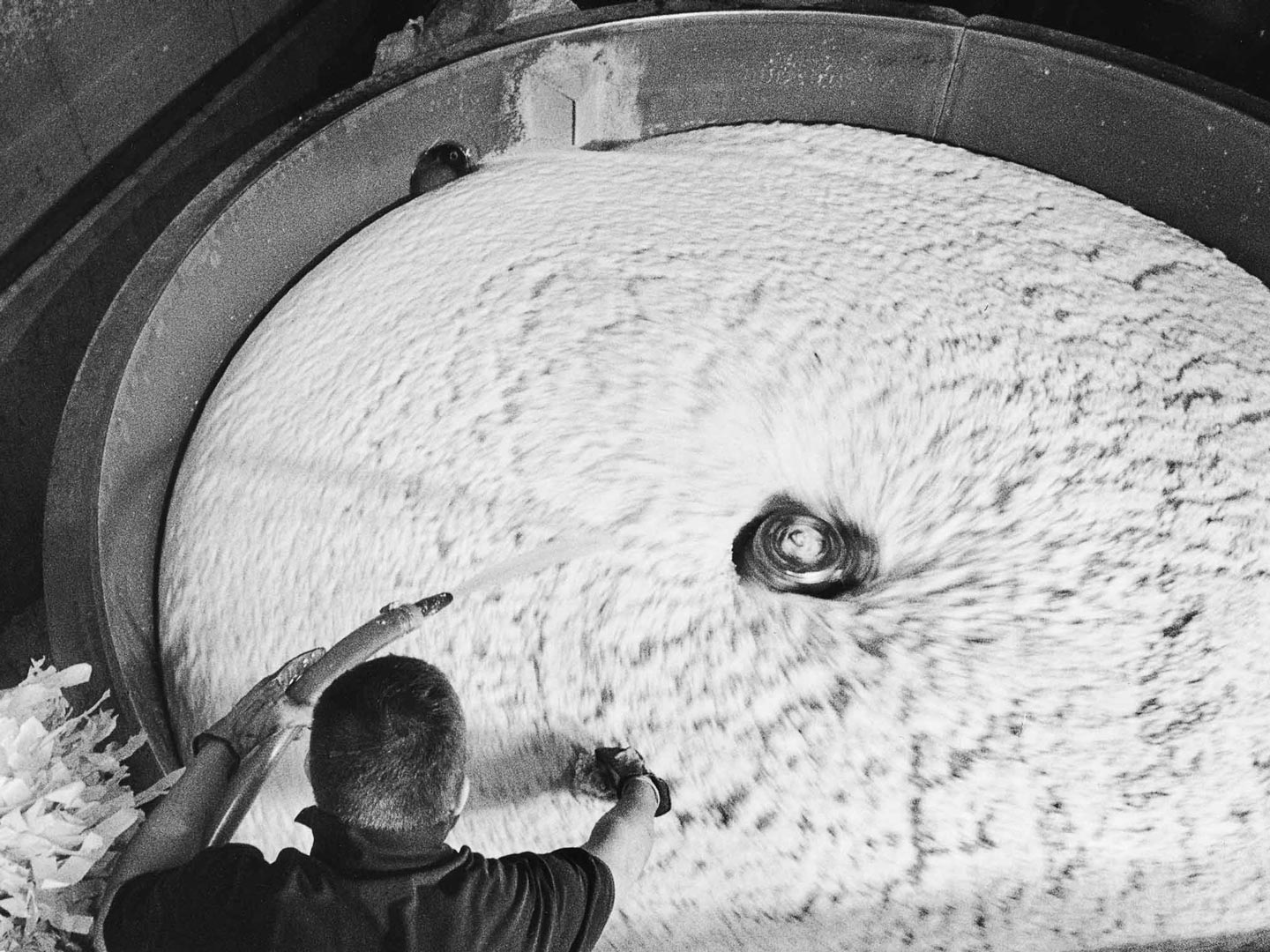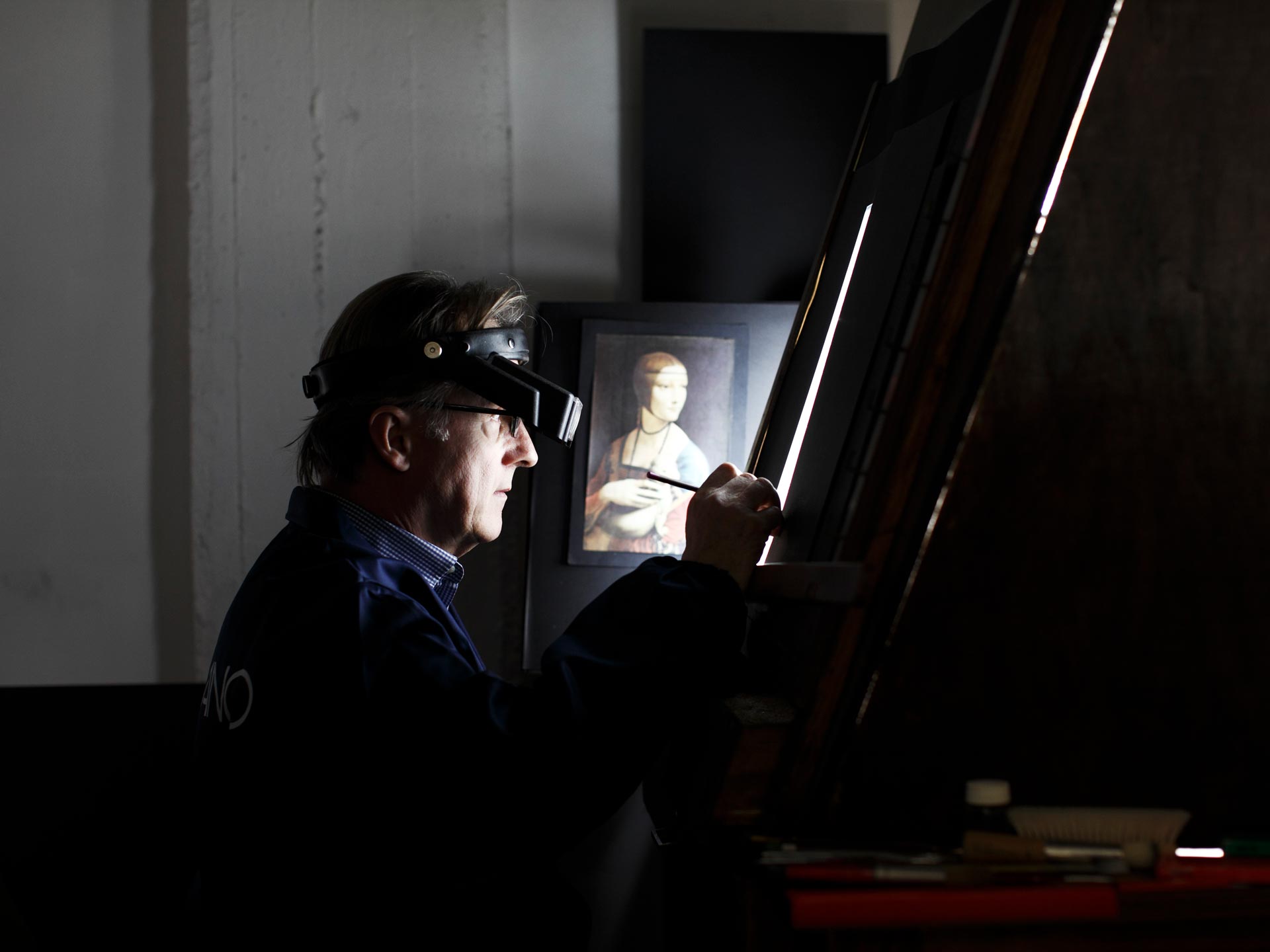We produce the best quality paper to support your ideas – top-notch products that last and yield only the very best of results. Because sustainability means quality too. And to do this even better, we keep a close eye on our processes to improve them, each and every day. This way, we take good care of our the environment and the resources we use.
The work we do in adheres to the United Nations Sustainable Development Goal (SDGs) guidelines, and, above all, is part of a broader Fedrigoni Group ESG policy and strategy.
At Fabriano, Sustainability always means quality

In 1200 we reinvented paper. Today we are innovating it, more and more sustainably.
Find out more about Fedrigoni Group’s commitment
Fedrigoni Sustainability
Made with water and cellulose
Fabriano’s story started with water, which is a fundamental resource for both human and productive processes.
Water that provided natural energy to the paper mills that grew up alongside the rivers. Water that we have an increasingly important duty to manage conscientiously.
To reach the ambitious group target of returning 95% of water back to the environment, clean and at the correct temperature, we have introduced new machinery, helping us decrease the load of pollutants in our plants, and rationalise production planning to reduce manufacturing changes as much as possible, so we do not consume too much water.
And our new challenge is to reduce of 10% fresh water extraction.

And then there’s cellulose, the wonderful raw material that we source and monitor carefully and which is essential to our paper.
Since 2005 we have been supplying our plants exclusively with FSC® certified cellulose.
Since 2014 we have exclusively been using Controlled Wood (CW) and Chain of Custody (CoC) cellulose, which ensure that the entire upstream supply chain complies with very strict standards.
Better paper every day
Only in our Fabriano plant:
- we installed a new headbox on the continuous Fourdrinier machine to improve fibre retention and reduce pollutants in the process water
- we are working to install a new biological water purification plant in Pioraco

To make better paper also means reducing our consumption of electrical energy by drawing from renewable sources (hydroelectric in particular), using co-generation plants, and decreasing how often we switch off our plants.
It means reducing the transport chain for our products by rationalising processes. Reducing waste. Reducing the bleaching of cellulose, without using chlorine derivatives.
And it means continuous care and research. These daily actions lead to a more sustainable type of paper. A better paper.
The development of our products
To make a difference we know we have to work on areas where our products have high production volumes. Where even seemingly insignificant details mark a radical change of pace. This is what we call sustainable development.
We thought about what a difference removing every plastic component from the office Copy line packaging would make. What a difference eliminating the 12 grams per square metre (g/m2) of polyethylene used for each package would make. We thought about it, and then we made sure that all the new coverings for Copy Fabriano papers were recyclable and biodegradable.
Thanks to this decision, 9 tonnes less polythene will be released into the environment, and more than 400 tonnes of paper will be recycled every year and used to produce paper again.
The same is true for the Fabriano 1264 line, from which we removed the single plastic blister packs.
And the same for Artistico, which applies a completely vegan sizing rather than the traditional animal one.

Dedicated to the community: the Festival del Disegno
90,000 participants, 2300 events, 300 cities
Being sustainable isn’t an idea; it’s a series of precise actions designed for the communities we live in. We carry them out with passion and attention to detail so that our paper offers something more. In order to take Fabriano paper outside of our factories the most important of these actions is the Festival del Disegno, which celebrates paper crafting in all its forms.
Now on its tenth edition, the festival has seen more than 90,000 participants involved in more than 2300 events with artists and teachers, in more than 300 cities, from the snows of Monte Rosa to the almond groves of Noto.
Because educating for creativity means looking to the future, to a fairer, more equitable future for everyone.


